How To Prevent Black Stains From Wooden Cutting Boards

The beauty of a wood cutting board can never be beaten by a synthetic version.
Add to this the fact that wood does not dull knives, is biodegradable and renewable, and is naturally antibacterial, which means safer food preparation, and you can see why even US health agencies endorse wood over plastic, silicone and other synthetic cutting boards.
However, as wood is a natural substance, a little care is required to keep your board in good shape.
One particular problem is the appearance of dark stains or black spots on the wood surface.
The 4 Main Reasons Why Black Stains Occur, and How To Prevent It:
1. If you cut and prepare a lot of potatoes on your wooden cutting board, the starch residue can turn black and leave black stains if you do not wipe your board immediately afterwards.
Always use a damp towel to wipe the board thoroughly after it has come into contact with potatoes.
Periodically, wipe the wooden surface with a solution of water and white vinegar to completely disinfect and remove any lingering potato starch.
2. Certain cooking oils, such as olive, sunflower and corn can promote the growth of black mold as these oils can become rancid over time.
We recommend that you never add oil to chopped foods on your board. Instead, remove the food to a bowl or saucepan before adding oil.
3. Using carbon steel knife blades can cause the iron in these knives to react with the wood, causing black stains.
This is the rarest cause of black stains on wooden cutting boards, and many carbon steel blades can be used successfully on wooden surfaces without the iron reacting with the wood.
This is because different carbon steel blades have differing amounts of iron in them.
However, to be on the safe side, we at Chef Remi always recommend you use stainless steel blades which never cause iron staining.
4. Completely drenching your cutting board when cleaning it, and then leaving it somewhere where it cannot dry out completely, causes black mold to grow on your cutting board.
Even if the surface is dry to the touch, if the inside is wet (and never gets completely dry) mold can flourish.
This is the number one reason why most people have black stains on their wooden cutting board.
NEVER submerge your board in water. All it requires is a wet or damp cloth wiped over it.
Always dry your board afterwards by wiping with an absorbent cloth, and then leave to dry by standing it up.
If you dry it flat, there’s a chance the bottom side will remain wet and absorb water into the core.
Lastly, don’t store the board in an enclosed area. It may seem dry, but condensation and moisture can still occur, which will cause mold to appear.
If, after following the advice above, you still get mold appearing, it could possibly be that you live in a humid climate, or your kitchen always has residual moisture in the air, which means your board never gets the chance to dry out completely.
Get into the habit of wiping down your cutting board each time with a solution of white vinegar and water (instead of just water) which will prevent mold.

The Ultimate Prevention Tactic
Remember, wood is a living, breathing substance. We recommend that you season your wooden cutting board with oil.
With regular oil seasoning, you help eliminate the chances of stains occurring as a well-oiled wood surface repels moisture from getting into the core, repels potato liquid, repels cooking oils, and can even reduce the chance of iron from carbon steel blades reacting with it.
Show your wooden cutting board a little TLC, and it will remain a staple in your kitchen for a lifetime!
Did you know that cutting boards can harbor as much as 200% bacteria than toilet seats?
The Chef Remi Cutting Board is an antibacterial and antimicrobial kitchen utensil for that extra layer of protection for your family. This hardwood cutting board will meet all your needs and is backed by 100% Lifetime Warranty.
They’re currently on offer at only $21.95! But you can get a further 15% OFF your entire order today! (Limited Offer).



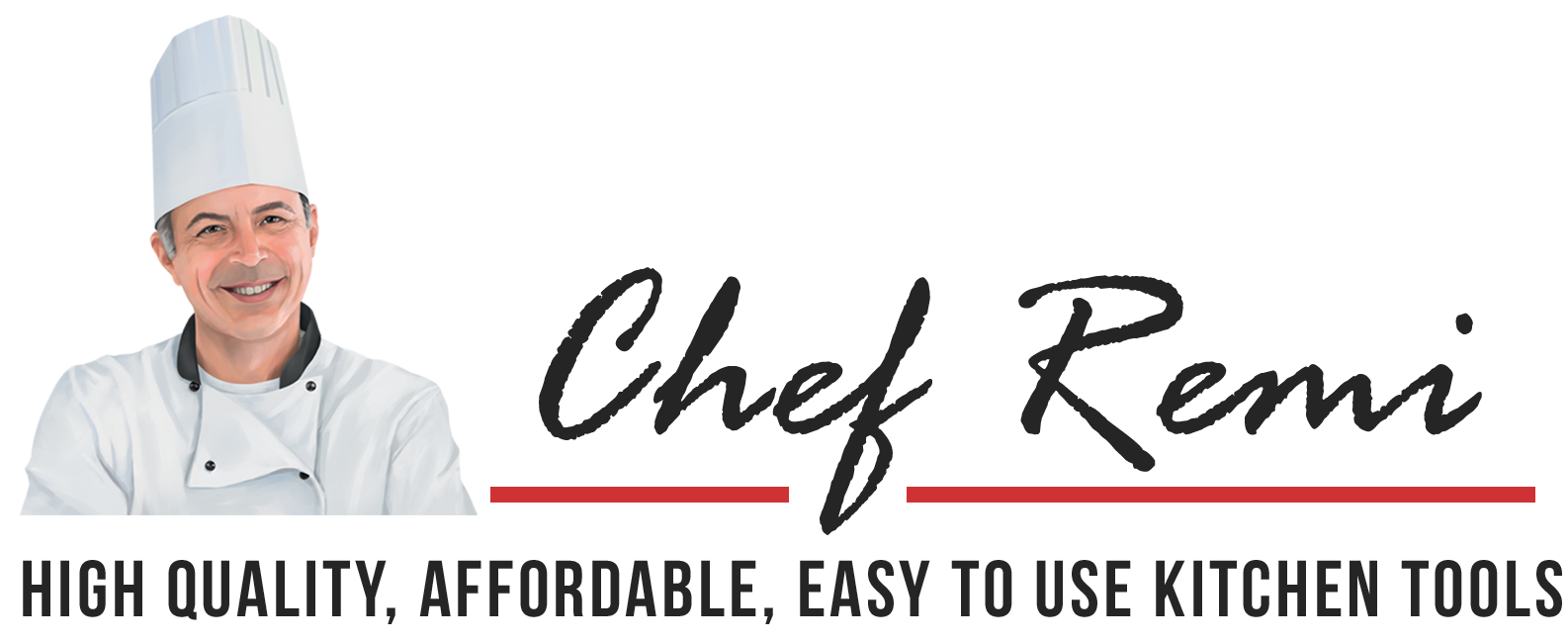

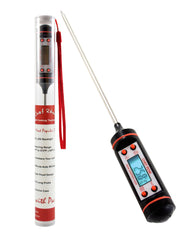
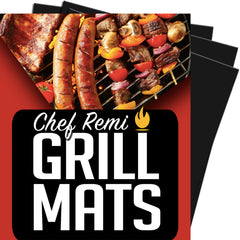
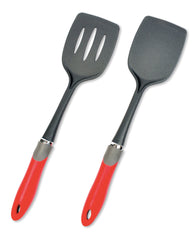
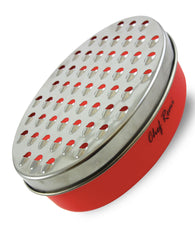
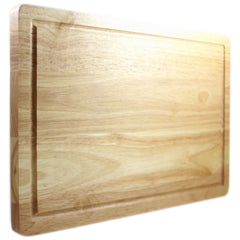
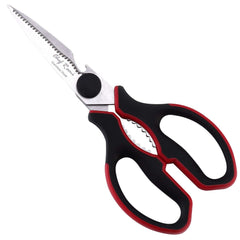
Comments
No comments yet.